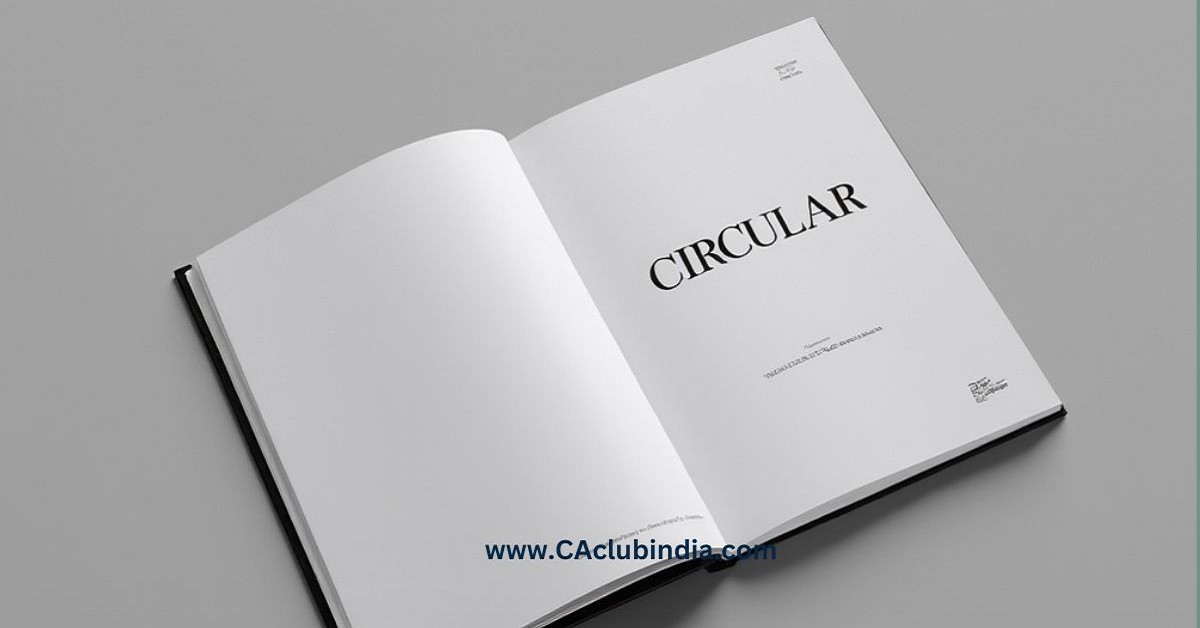In the recent circulars issued pursuant to 53rd and 54th GST council meeting wherein CBIC based on the recommendation of GST Council has clarified upon applicability of tax rate/classification or exemptions available in case of specified goods or services. For the period prior to issuance of said clarification, CBIC has specified that the same shall be given effect 'as is' or as is, where is basis'. Some of such clarifications are enumerated as below:

i. Firewater sprinklers will attract 12% GST
ii. Co-insurance premium apportioned by lead insurer to co-insurer, which is now covered by Schedule III to CGST Act
iii. Transaction of Ceding/Reinsurance commission between insurer and re-insurer (now covered by Schedule III to CGST Act)
iv. GST liability on re-insurance services of specified insurance products for the period 1 July 2017 to 24 January 2018 wherein the exemption notification was bought in w.e.f. 24 January 2018
v. Exemption with respect to Import of services by an Indian establishment of a foreign airline from a related person or its foreign counterpart, where there is no consideration involved
CBIC vide Circular No. 236/30/2024-GST dated 11 October 2024, has issued following clarification with respect to the term 'regularized on as is where is basis':
i. In case where tax has been paid at lower rate or an exemption has been claimed, the same shall be accepted considering the tax position taken by the taxable person. Further, refund of tax paid at a higher rate shall not be granted
ii. In case where there were two competing rates wherein GST is paid at lower rate or at nil rate, the same shall be considered as tax fully paid for the period that is regularized
iii. Tax position of the taxpayer is reflected in returns filed i.e. where the applicable rate of tax (or relevant exemption entry) on a transaction/supply is declared
iv. Further, three scenarios have been discussed in the circular, the same are summarised herein below:
a. Certain taxpayers have paid 5% GST on supply of 'X', while some have paid 12% on the same. GST council recommends to reduce the rate to 5% prospectively and regularize the past on 'as is where is basis'. Here it would mean that 5% GST paid by taxpayer shall be treated as tax fully paid and the one who paid 12% will not get any refund
b. Certain taxpayers have paid 5% GST on supply of 'X' while some have paid nil duty considering that there was an exemption for supply of 'X'. GST council recommends to clarify that applicable tax rate is 5% and to regularize the past on 'as is where is basis'. Here it would mean that the nonpayment of GST and declaring such transactions as exempted will be treated as full discharge of tax liability and they will not be required to pay differential of 5%. The who have paid 5%, no refund shall be available
c. In case where there is interpretational issue i.e. whether GST would apply @ 5% or 12% on supply of 'X' i.e. certain taxpayers have paid 5% and others have paid 12%. Further some taxpayers have not paid GST. GST Council recommends to clarify that applicable rate is 12% and regularize the past on 'as is where is basis'. Here it would mean that the 5% paid by taxpayer shall be treated as fully paid. For those who have paid 12%, no refund shall be available. However, the regularization shall not apply to cases where no tax has been paid. In such cases, the applicable tax shall be recovered at 12%.
While the above clarification to an extent may put to rest issues related to interpretation of the term 'as is' or as is, where is basis', the last illustration discussed in the circular herein at (c) may bring certain challenges.






 CAclubindia
CAclubindia


